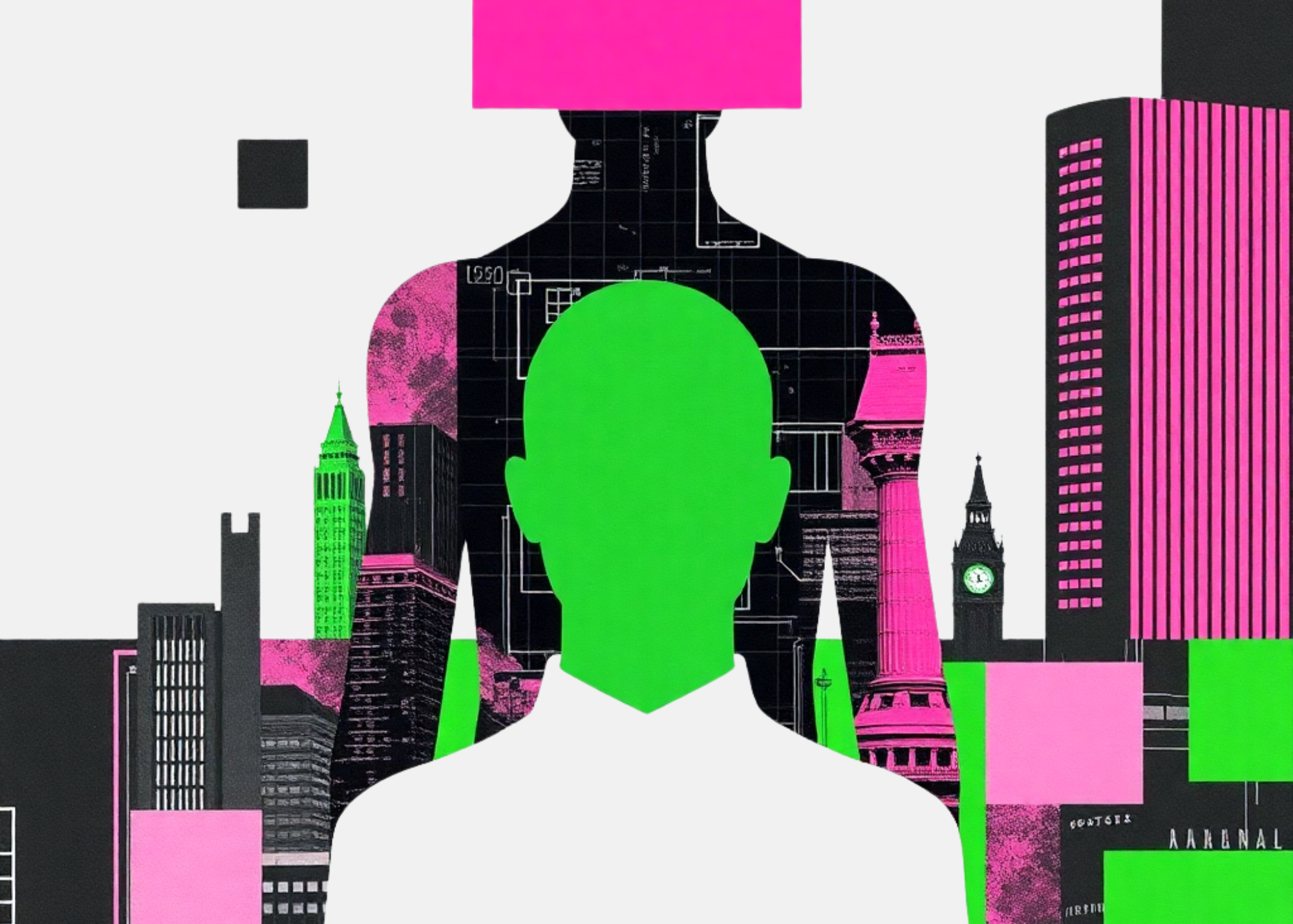Digital and social media technologies are transforming democratic society. But even as technologies changes how we do things, they reproduce old problems in new forms. Hacking, trolling, micro-targeting, and the monopolization of public and semi-public space by large firms present the same sorts of challenges that democratic societies have been dealing with for decades. The difference today is that digital versions of these practices of exclusion, exploitation, and manipulation are backed by greater speed, reach, volume, and force than before. The digital realm has also lowered both the difficulty and risk of influencing public discourse in dishonest and untransparent ways, whether it be through armies of fake accounts on social media or the capacity to infiltrate state and private servers and accounts to steal information.
For social democrats, this transformation offers both a challenge and a chance to ensure that practices and norms of social and democratic inclusion, empowerment, and fairness are protected and, ideally, deepened and extended. The work of building out a more robust democratic economic and political requires us to imagine and work towards a program of reinvention considering new digital technologies and forms of organization. But what should that look like? And how should we address current and future roadblocks?
In February, CBC reported that Twitter trolls abroad engaged in campaigns to disrupt public conversations about pipelines and immigration. The culprits are thought to be from Russia, Iran, and Venezuela and their accounts have since been deleted. Twitter released this data—9.6 million tweets—in the name of transparency and to help authorities and the public navigate the challenge of online trolling. Yet many of the tweets are years old and any damage they may have done is already done.
A 2018 report led by Chris Tenove—which I co-authored with a handful of other colleagues—summarized “sources of vulnerability” in the digital space. In the report, we identify structural issues, a few of which stand out as increasingly important. Digital literacy deficits, weaknesses in (or missing) social media platform policies and enforcement mechanisms, and robust electoral regulations are important concerns. The variety of those types of threat indicate that digital media threats complex, and there’s no single solution to the problems they raise. There are, however, opportunities to push back.
Focusing on citizenship, folks have more day-to-day opportunities than ever to participate in the public sphere online but they also face challenges when doing so. These include data privacy concerns, limited choice in the digital marketplace, harassment, and undue influence from dubious sources at home and abroad. The threatening actors in these spaces range widely, including governments, for-profit actors, run of the mill trolls, and others.
Typically, what gets hacked or attacked in instances of digital interference is, well, us. Our psychology. Our minds. Our behaviour. That means that interference can affect what we think and talk about, how we think and talk about it, and what sorts of decisions we make—including our choice of who to vote for or even whether to vote at all. So, protecting the public sphere from digital interference that aims to undermine democratic life requires us to build civic, institutional, and market capacities to push back against those who exploit digital technologies and platforms to undermine the public good for their own interests and gains.
In Canada, we are beginning to wake up to the seriousness of digital media and technological threats. Recently, Parliament passed Bill C-76, which amended, among others acts, the Canada Elections Act to introduce measures aimed at curbing digital and other threats to our elections. These changes include spending limits, disclosure requirements, an extension of limits on foreign funding, a pre-election period protected from unlimited partisan third-party spending, a requirement that political parties adopt and publish (non-enforceable) privacy measures, and a registry of digital ads just ahead of and during elections. That’s a start. But as Elizabeth Dubois and Anna Reepschlager pointed out in January, there are ways to circumvent the bill’s advertising provisions. That’s just one way the bill falls short and reminds us that the address digital media threats by partial measures won’t be enough.
Researcher K. Sabeel Rahman argues that we should treat major technology platforms like public utilities, calling them “core infrastructure of our 21st century economy and public sphere.” This approach opens up ways of thinking about these giants as essential elements of contemporary life rather than just as private companies that exist to maximize shareholder value. That’s wise. Rahman’s approach is valuable because it gives us a framework for thinking about our digital media problems that opens possibilities we might not consider if we only think about technology firms as private entities.
Still, there is no off-the-shelf model yet for managing the effects of the transformations in digital media on the public sphere. We in Canada, like the rest of the world, are figuring it out as we go. But we now know enough to be able to map out a program that increases the odds that our democratic institutions will be safe in the long run. Part of that program requires institutional and market adjustments. For example, Canada ought to consider adopt a European Union-style law on data protection in the spirit of the General Data Protection Regulation, which aims to put control of personal data in the hands of individuals. Bringing political parties under binding and enforceable privacy regulations is another wise idea since they may be the weakest link in the data security chain during elections. We should also consider market mechanisms to ensure competition, keep barriers to entry low, and limit the drive towards monopolization as large tech firms become increasingly “too big to fail” and pursue strategies of market consolidation. Canada is already pursuing an Open Government initiative that’s growing day-by-day, including open data, open information, and open dialogue efforts that offer tools to support state transparency, civic and business ventures that require access to data, and individual participation in public life. Yet another idea is a moderation standards council, as recently suggested by three researchers, for improving “transparency and fairness” online. Each of these ideas and initiatives is important. But none of them are sufficient.
The success of democracy depends upon deep, structural, and long-term social political, and economic endeavours that build civic capacity and level the playing field online and offline. That doesn’t happen by accident. It takes policy commitments, resources, and institution-building efforts—and the redistribution of resources. Those measures include regulatory and institutional changes to how government and the market threat large technology firms; they also include the need to double down on democracy by supporting civic capacity-building through routine participatory opportunities.
Ultimately, it is the individual citizen for whom government and the market exist in the first place. That means that those folks ought to be given chances and the means to build their civic capacities, to use digital and analogue tools and avenues to press government for what they want, and to resist digital media-enabled efforts against them or the public more generally. That means that government must open meaningful participatory space in public—through, for example, citizen assemblies and participatory budgeting, online and offline—backed by resource redistribution to support engagement, and premised on a promise of uptake so that the decisions people produce aren’t ignored or democracy-washed away once a participatory process is complete. A more rigorous commitment to civic education, including digital media training resources, is critical, too.
If popular self-government is going to withstand 21st century challenges, we must build both the infrastructure it requires to survive and civically-minded citizens who can push back against attempts to hijack their thinking and decision-making processes while also using digital tools to communicate preferences to government. We must reimagine the civic sphere as a pluralist space with both online and offline states—which often blend and sometimes become indiscernible from one another. We must understand that while we continue to face old problems of influence and interference, those challenges are taking on a new character as the speed, reach, volume, and force of the tools used to shape the world are changing. As before, we must strive to protect the civic sphere from the unreasonable and asymmetrical accumulation power in the hands of the few, online and offline.





